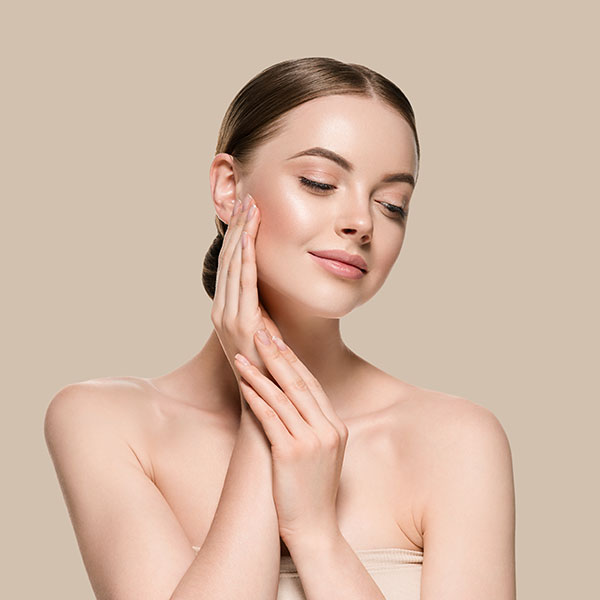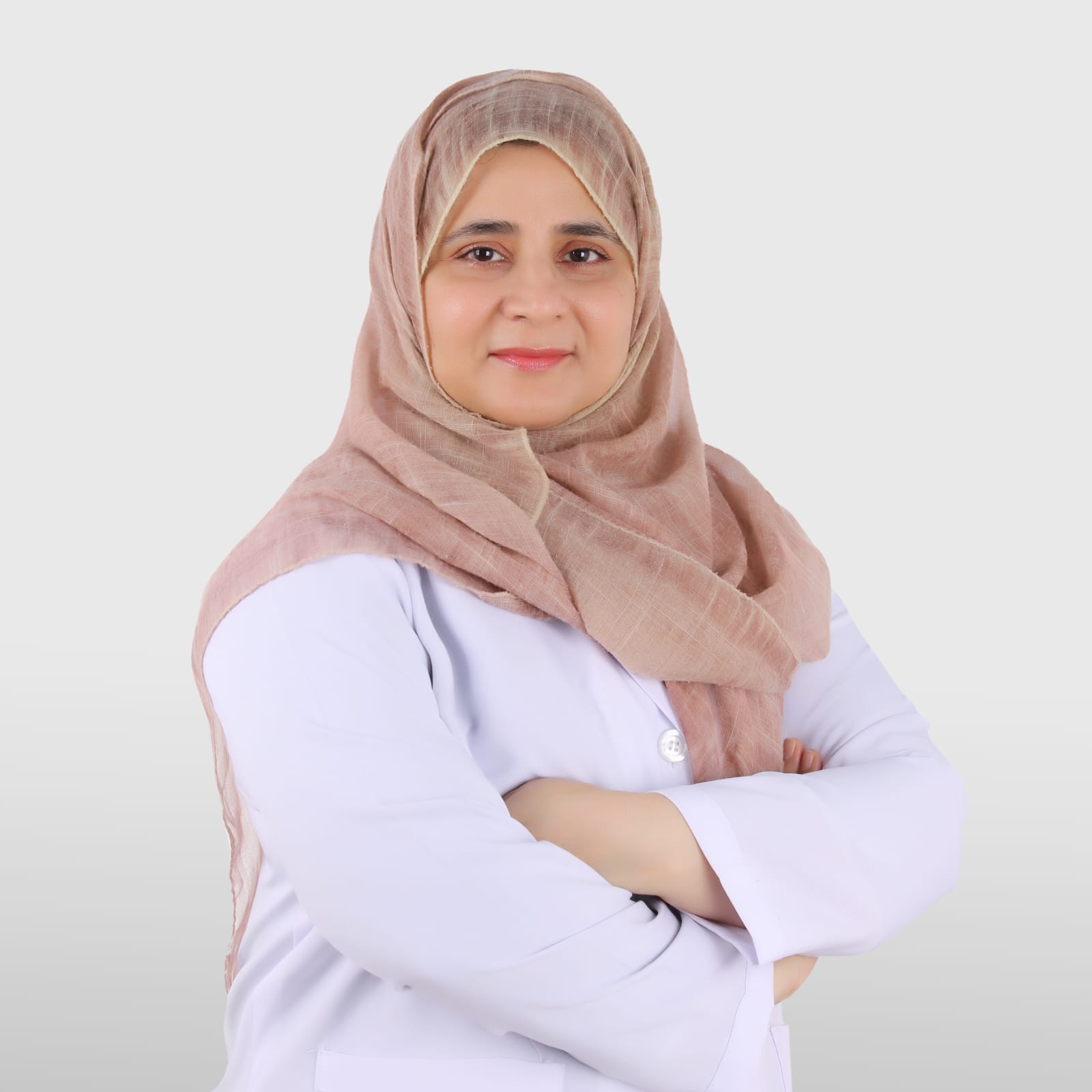Dr. Shehzadi Tasneem
Enhance Your Confidence With The Best Female Plastic Surgeon in Dubai


CHANGE YOUR LIFE
World-class Plastic Surgery By Dr Shehzadi Tasneem
Dr. Shehzadi Tasneem Sultan is the best female plastic surgeon in Dubai. She is the go-to surgeon if you are seeking exceptional body contouring and facial rejuvenation procedures that deliver remarkable results. With extensive experience and expertise, Dr. Shehzadi offers a wide range of cosmetic procedures to help you achieve your aesthetic goals. If you are looking for a female plastic surgeon in Dubai, Dr. Shehzadi is the ideal choice.

“
Dr Shehzadi Tasneem is a member of Emirates Plastic surgeon ISAPS, ICOPLAST, PAPS (Pakistan Association of Plastic Surgeons) and Smile Train, (organization of pts for Cleft lip and cleft palate)

About Dr. Shehzadi Tasneem Sultan
Renowned as the best female plastic surgeon in Dubai, Dr. Shehzadi Tasneem Sultan is dedicated to enhancing natural beauty and instilling confidence in her patients. She is a highly skilled surgeon who specializes in a range of body contouring and facial rejuvenation procedures. From breast surgery and body contouring to facial aesthetics and hand surgery, Dr. Shehzadi’s expertise extends to cancer reconstruction, burn management, and microsurgery.
Dr. Shehzadi is committed to helping her patients achieve their desired results and feel their best with her exceptional attention to detail and dedication to patient care. At the heart of her mission lies a commitment to delivering bespoke care tailored to your unique needs. She takes pride in her ability to create stunning and natural results that ensure you always feel like the best version of yourself.
WHAT WE OFFER
Dr. Shehzadi Tasneem Sultan specializes in various cosmetic procedures.
Top-rated Liposuction in Dubai
In the cosmopolitan city of Dubai, known for its advanced technology and exceptional healthcare services, liposuction is a transformative cosmetic procedure that helps thousands achieve their desired body shape.
Breast lift
Whether you’re looking to increase your cup size or restore volume lost due to pregnancy or weight loss, we can help. Our personalized approach ensures that you receive the best care and achieve the results you want. Trust us to help you feel confident and beautiful in your own skin.
Tummy Tuck
Unveil a sleek, toned abdomen with our transformative tummy tuck, also known as abdominoplasty. This surgical procedure eliminates excess skin and fat, offering you a smoother, more defined appearance.
Skin tag removal
Bid farewell to bothersome skin tags with our expert removal services. We safely and effectively eliminate skin tags using latest techniques, leaving your skin flawlessly smooth. Trust us to deliver superior care and remarkable results.
Keloid scar revision
Revitalizing your skin’s natural beauty is a top priority, and keloid scar revision is an excellent way to achieve that. We will work with you to create a personalized treatment plan that addresses your unique needs and concerns. Let us help you reveal a more radiant you.
Facial rejuvenation
Experience a youthful transformation with our facial rejuvenation services. Indulge in a revitalizing experience that will restore your natural radiance and leave you feeling youthful. Let us help you look and feel your best.
Why should you choose Dr. Shehzadi Tasneem Sultan?
Comprehensive Expertise
Dr. Sultan has extensive experience in a wide range of plastic surgery procedures, ensuring you receive the highest level of care.
Advanced Techniques
We use the latest techniques and technologies to achieve optimal results and minimize downtime.
Patient-Centred Approach
Your unique needs and desires are our priority. We listen attentively, and tailor treatment plans to suit your goals.
Safe and Comfortable Environment
Our clinic is equipped with state-of-the-art facilities, and adheres to the highest safety standards to ensure your peace of mind.
Exceptional Results
Dr. Sultan’s artistic eye and attention to detail produce natural-looking, harmonious outcomes that enhance your beauty.
AMAZING RESULTS
Plastic Surgery.
Before and After
CONTACT US
Book A Consultation
Take the first step towards your dream transformation. Book a Free Consultation with Dr Shehzadi Tasneem Sultan to discuss your goals and explore the possibilities.





